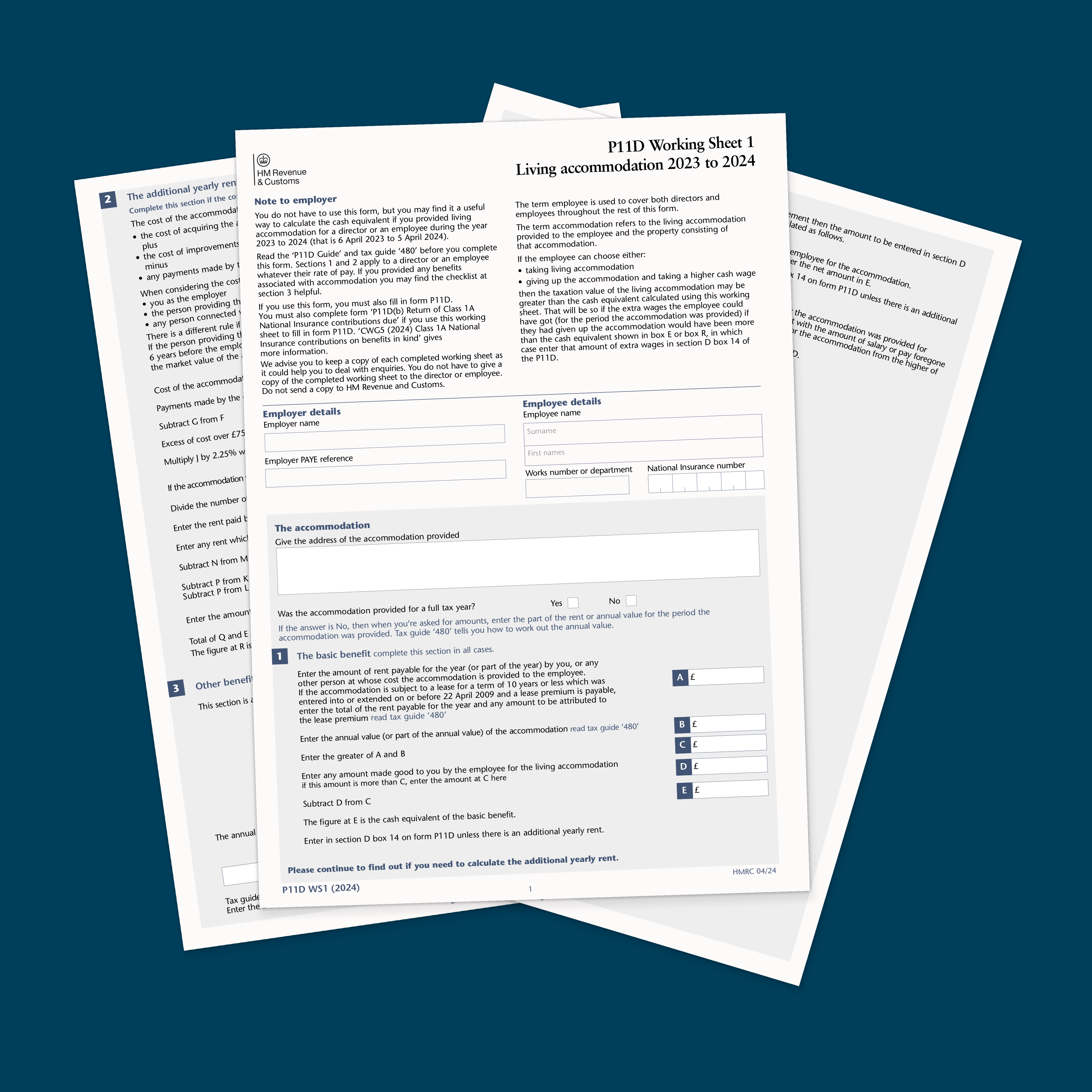National Inclusion Week launched twelve years ago to highlight and engage with workplace inclusion. What began as a small event has grown exponentially, with over 9,000 people participating last year and reaching 28.1 million on social media during September 2023. Each year, more organisations take action to make inclusion an everyday reality at work.
Why Take Part?
National Inclusion Week is an excellent opportunity to focus on inclusion, allowing everyone in your organisation to get involved. Whether through your own events or by utilising the available resources, participating in National Inclusion Week offers numerous benefits:
Demonstrate Commitment: Show your staff, clients, suppliers, and other stakeholders that you are dedicated to fostering an inclusive environment.
Platform for Discussions: Use this week as a starting point for discussions around inclusion and diversity within your organisation.
Launch Initiatives: Showcase your year-round inclusion efforts or launch new initiatives during this time.
Customisable Approach: Tailor National Inclusion Week to fit your organisation’s needs and objectives.
Networking and Learning: Participate in events that provide opportunities for inclusion and diversity enthusiasts and professionals to connect, share best practices, and learn something new.
Every year, National Inclusion Week features a theme designed to focus on key aspects of inclusion and diversity. This year’s theme is…
‘Impact Matters’ – stylised as #ImpactMatters on social media.
The theme “Impact Matters” underscores the importance of making tangible changes that positively affect the workplace. It encourages organisations to focus on the real-world impact of their inclusion and diversity efforts, ensuring that these initiatives lead to meaningful and lasting improvements.
How Eternal Engagements Can Help
EDI Training: Access comprehensive Equality, Diversity, and Inclusion training through our training portal on our all-in-one app.
HR Policy Review: Let us conduct a free review of your HR policies and documentation to ensure they align with the latest inclusion standards.
Customisable Solutions: We provide tailored guidance to shape your National Inclusion Week activities and ensure they meet your specific needs.
Ongoing Support: Our all-encompassing HR support solution covers payroll, pensions, employee benefits, and employment law services, including employment tribunal support, to relieve the burden of HR compliance.
How to Participate
Organise Events: Host workshops, panel discussions, or team-building activities that promote inclusion.
Utilise Resources: Access our tools and guidance to help plan and execute your National Inclusion Week activities.
Showcase Initiatives: Highlight your organisation’s ongoing inclusion efforts and use the week to launch new projects.
Engage Stakeholders: Involve all levels of your organisation, from employees to leadership, in discussions and activities.
Promote on Social Media: Use #ImpactMatters to join the conversation and share your activities.
Ready to make your business more attractive to diverse talent with a great EDI (Equality, Diversity, and Inclusion) policy? Contact us today for a free review of your HR policies and documentation. Let us help you enhance your workplace’s inclusivity and demonstrate your commitment to diversity.
Book your free HR policy and documentation review now and see how we can help make your business a beacon of inclusivity and diversity.









